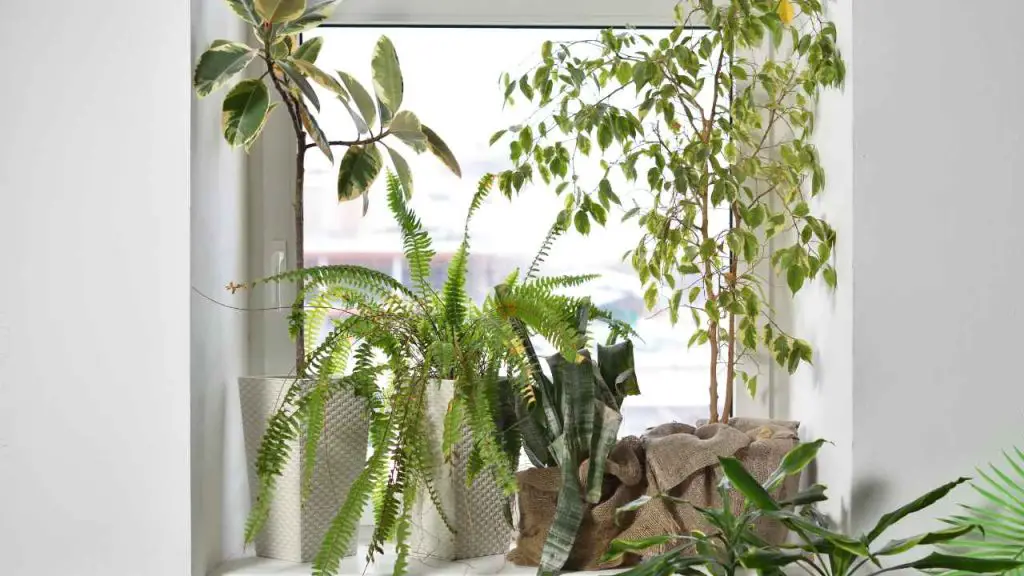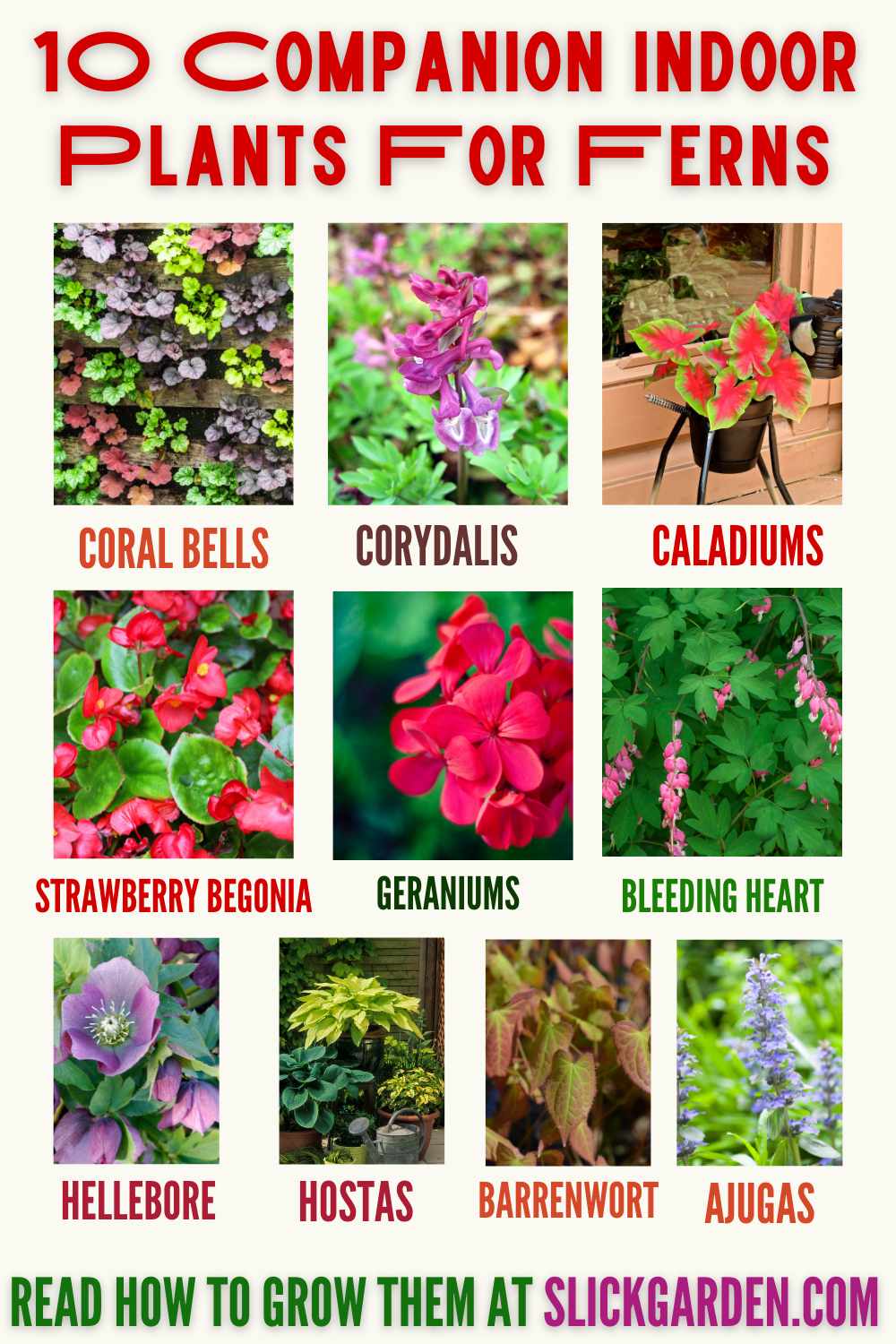Plants bring you close to nature when you grow them inside your home they create positive vibes around you. They change your mood and clean the air from the indoor environment. Many plants are used as air purifiers.

What Is Companion Planting?
In a natural ecosystem, companion planting is very important because in this way plants support each other and create a healthy environment. You should follow this practice in your home garden because companion planting has many benefits.
- Companion gardening is perfect for small growing areas because it saves space. For instance, you can grow a vining plant under our taller one so it can get proper support.
- In this type of gardening, you can prevent your plants from pests because they can’t find a solid patch of their favorite food. The reason is that some plants deter certain pests and protect other plants.
- If you grave the same type of plants in your garden then diseases easily spread. When you select different types of plants in the same area then this technique of gardening can slow the process of spreading diseases.
- Some plants attract pollinators and beneficial insects so they can help in the pollination process of other plants.
Indoor Ferns
Ferns are classy plants that need low maintenance. You can easily grow different types of ferns indoors. Some varieties of ferns are very small and delicate and you can choose them for growing indoors.
Typically ferns like to grow in shaded, moist, and humid areas. If you create such an environment for them then there is no need for other things. For growing ferns indoors, these tips will help you.
- Make sure you are using a potting mix for filling your pot or container because it is very rich in nutrients.
- Consistent watering is needed for moist soil. But you should avoid over-watering because it will cause root rot and many fungal diseases.
- A humid environment is essential for the healthier growth of fern plants. You can use a spray bottle of water for misting the ferns. A humidifier is also helpful for this purpose.
- For indoor plants, light can be a problem so you must place your potted plants in a well-lighted area where your fern plants can receive filtered light.
Companion Indoor Plants For Ferns
Ferns like to grow in shady places with moist and well-drained soil. They love highly humid and warm climates. You must use those plants that like to drive in the same conditions that funds prefer.
It can be challenging for you but we are going to provide a list of lovely plants that love to grow in the same conditions. In this article, we are going to discuss with you the companion plants that can grow well indoors with ferns.
You should be very selective when choosing companion plants because the health of your fern plants depends upon the neighboring plants.

1- CORAL BELLS
This is one of my favorite plants because it produces vibrant foliage that comes in different colors such as green, purple, pink, and bronze. This is a short-lived perennial plant.
Coral bells produce bell-shaped flowers in the summer. The color of the tiny flowers is red, white, or pink. The height of the plant is about 12 inches and the width can be 20 to 21 inches.
Just like ferns they also need well-drained and moist soil. The perfect time for growing coral bells is in late fall or early spring. The popular varieties of collar coral bells are Heuchera ‘Walnut’, Heuchera ‘Blondie’, and Heuchera ‘Green’.
2- CORYDALIS
This is another perennial plant that produces tube-shaped colourful flowers. You can see beautiful blooms in early spring and summer. The height of these plants is not more than a foot.
That’s why they are ideal ground cover plants when you grow them with lady ferns or ostrich ferns. The combination of ferns with Corydalis creates an amazing look.
This plant can easily adjust to all kinds of soils. You can add organic matter to enhance the richness of the soil. The leaves of corydalis can’t tolerate too much exposure to the sun. the perfect time of propagating it by division in the fall.
3- CALADIUMS
The colorful arrowhead leaves of caladium plants make it a perfect choice for growing as a neighboring plant of ferns indoors. The suitable indoor temperature for growing caladium should be between 65 to 75 degrees Fahrenheit.
The color of the foliage is blue or green with large leaves. This is a tropical plant, so the suitable day temperature for growing should be at least 70 degrees Fahrenheit and the night temperature should be above 60 degrees Fahrenheit.
This is a low-maintenance plant that needs little care. Make sure this plant gets water on time because if the soil is dry then the leaves of the caladium plant start turning yellow and fall out.
4- STRAWBERRY BEGONIA
Another adorable companion plant of the fern is the strawberry begonia. This plant can also adjust in the indoor environment but the color of the foliage changes at Indore temperature.
This plant has heart-shaped foliage that looks stunning with fern leaves. Strawberry begonia likes to grow in a coal environment. The suitable temperature for the best growth of this plant is between 50 to 65 degrees Fahrenheit.
You must choose a bright location for this plant. As you are growing it indoors then you can place your pot or container near a window where it gets desired light. For indoor plants, you can also use artificial lights.
Water is another important factor you should not compromise on. If you feel the soil is dry then water your plant otherwise the blooms of strawberry begonia will affect you.
But you should avoid over-watering because it can cause fungal diseases in your plants. In winter, your plants need less water so you should allow the plant some rest.
It will encourage the production of blooms in the spring. You must feed strawberry begonia during the growing season, especially in the spring.
Keep Reading:
5- GERANIUMS
Another popular plant that can be the best companion plant for ferns. You can easily grow it in a pot or container indoors. The flowers of geraniums come in different adorable colors that will enhance the beauty of your indoor area.
You can choose this ideal plant without thinking too much. For growing indoors you should be careful about the lighting requirement of this plant. If geraniums will not get sufficient light then they will not produce blooms. The suitable temperature for the growth of geranium plants is between 55 to 70 degrees Fahrenheit.
After light and temperature, you should be careful about the growing medium which is soil. Make sure you are using a high-quality potting mix for growing geraniums in the pot.
Potting mix contains all the desired nutrients that are not present in the garden soil. When you grow plants in pots or containers then you can easily maintain the fertility of the soil. you should take advantage of this benefit.
If you see that your plant is overgrown then you can transplant it into a larger pot. Deadheading is the best practice to keep your plant healthy in winter, your plants don’t need much water but you should not allow the roots to dry. It is better to check the soil by using your finger if it feels dry then water geranium plants at once.
6- BLEEDING HEART
Bleeding hearts and ferns are perfect for each other. If you grow them together then they will not create any issues. Bleeding hearts bloom from late spring to early fall.
The color of heart-shaped flowers is white or pink which looks gorgeous. When you grow these flowers in your garden they will become the centre of attraction. The best time to plant this plant is in fall or spring.
You should feed this plant regularly and it will boost the production of blooms. You can easily grow bleeding hearts indoors because it loves partial shade and moist soil.
By division, you can easily propagate a bleeding heart. Bleeding hearts need water when the soil is completely dry. You must avoid overwatering because it can cause root rot and fungal diseases.
7- HELLEBORE
Finally, we added another attractive flowering plant hellebore which has white and yellow bowl-shaped rose flowers. Early spring is the time when you see the blooms of hellebores.
The foliage of perennial hellebore remains evergreen and blooms last for several months. This plant continuously grows for several years. As this plant also likes shady spots then you can easily grow it indoors.
The height of the hellebore can be eight feet. Make sure the soil in the pot must be high-quality so this plant gets all the nutrients. It is better to use a potting mix because it contains peat moss and vermiculite.
8- HOSTAS
The addition of hostas can make your indoor landscape more stunning because of the lush and leafy green foliage. This shade-loving perennial plant produces delicate flowers.
Hostas don’t need direct sunlight so they can be good companions to ferns. The roots of this plant need a proper room that’s why you must use a large container or pot for growing them. The suitable depth of the container for growing hostas must be 18 inches. You must maintain the moisture level for hosta plants.
9- BARRENWORT
You can easily grow barrenwort in pots. This is a shade-loving plant so it can easily adjust to an Indoor environment. This plant has colorful foliage and blooms that can brighten the dull corner of your home. Special care helps in the growth of your plants. You must use the right soil that contains organic matter.
Keep Reading:
- 12 Best Large Indoor Plants For Beginners
- 15 Indoor Plants For Beginners
- Indoor Plants Decor For Bedroom
10- AJUGAS
This plant can be grown indoors as a house plant because it needs low maintenance. Just like ferns, ajugas also grow well in shaded areas. It means it is a great candidate to grow as a companion plant with ferns.
Ajugas grow very slowly and it has evergreen leaves that add greenery to your indoor landscape. When you grow ajugas indoors then it will not produce blooms.
Make sure the container or pot you are using must be wide enough so the roots can expand easily. The container or pot you use must have drainage holes at the bottom.
Drainage is the key to success in the growth of healthy plants. You should not neglect it because your care will lead to the growth of healthy plants.
